Alpine
Fir
Alpine Larch
Amabilis Fir
Balsam Poplar/Black Cottonwood
Big Leaf Maple
Black Spruce
Choke Cherry
Pacific Dogwood
Douglas Fir
Douglas Maple
Engelmann Spruce
Garry Oak
Grand Fir
Black Hawthorn
Lodgepole Pine
Mountain Alder
Mountain Hemlock
Pacific Willow
Paper Birch
Ponderosa Pine
Red Alder
Rocky Mountain Juniper
Sitka Spruce
Tamarack Larch
Trembling Aspen
Vine Maple
Western Hemlock
Western Larch
Western Red Cedar
Western White Pine
Western Yew
Whitebark Pine
White Spruce
Yellow Cedar
Animals
Birds
Fish
Wildflowers
Trees
Survival
Parks
Trails




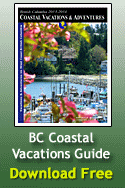


|
British Columbia Outdoor Wilderness Guide  |
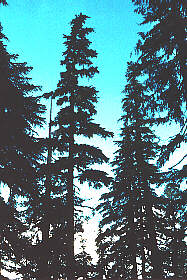
WESTERN HEMLOCK
tsuga heterophylla
- Western
Hemlock is also known as Pacific Hemlock, West
Coast Hemlock
- 'tsu-ga'
is the Japanese word for "tree" and "mother".
'heterophylla' means "different leaves" in Greek
- the
scent of the crushed needles reminded early settlers
of a European weed with a similar smell
UNIQUE
FEATURES:
- Western
Hemlock has a narrow crown
- droopy
new growth at the top of the tree
- feathery
foliage on down-sweeping branches
- Western
Hemlock has a shallow root system which makes
it sucseptible to blowdown
- Western
Hemlock is an important food source for deer and
elk
LOCATION:
- Western
Hemlock grows along the coast of British Columbia
- Western
Hemlock is found in the Interior wet belt west
of the Rocky Mountains
- grows
from sea level to mid elevations
- Western
Hemlock can tolerate shady areas
- Western
Hemlock can grow on decaying wood or even raw
humus
SIZE:
- Western
Hemlock averages 30 to 50 metres in height
CONES:
- numerous,
small (1.5-2.5 cm)
- greenish,
turning brown with age
- hang
from the ends of the branchlets
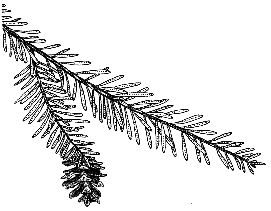
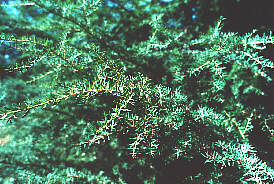 NEEDLES:
NEEDLES:
- nearly
flat, soft, glossy, widely spaced along twigs
- are
of 2 lengths with the shorter ones standing upright
along the top of the twigs producing a feathery,
flat look
- yellowish-green
on top and whitish on the underside
BARK:
- rough,
scaly, reddish or dark brown
WOOD
CHARACTERISTICS:
- even
grain, resists scraping
USES:
- modern
- doors, windows, staircases, ladders, architectual
miller items
- traditional
- inner bark: bread, cakes, eaten whipped with
snow and eulachon grease; wood: carvings, spoons,
combs, roasting spits, dishes; branches/needles:
tea, spice; bark: tanning hides, red dye; roots:
strengthen fishing lines
|
|

Follow Us On Facebook
List of BC Adventure
Advertisers
Site Info
Advertise With Us
Awards
About Us
Contact Us
Free Vacation Guides
BC Vacation Guides
Coastal Vacations
Thompson Okanagan
EcoTourism
Fishing Vacations
Guest Ranch Guide
Romantic Getaways
Wilderness Vacations
Winter Vacations
The Rockies Guide
Login



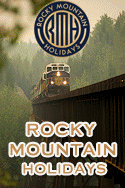
|



 NEEDLES:
NEEDLES: